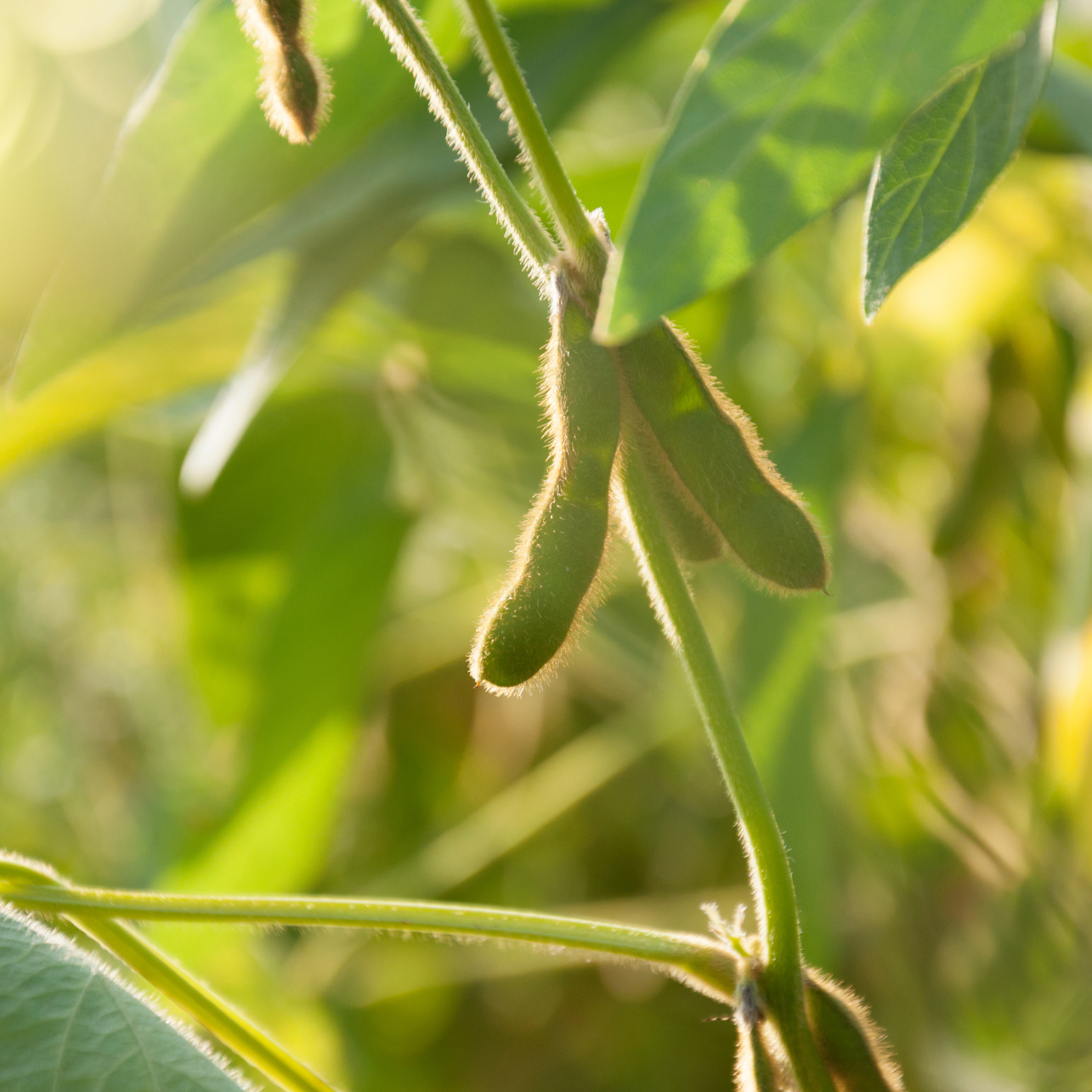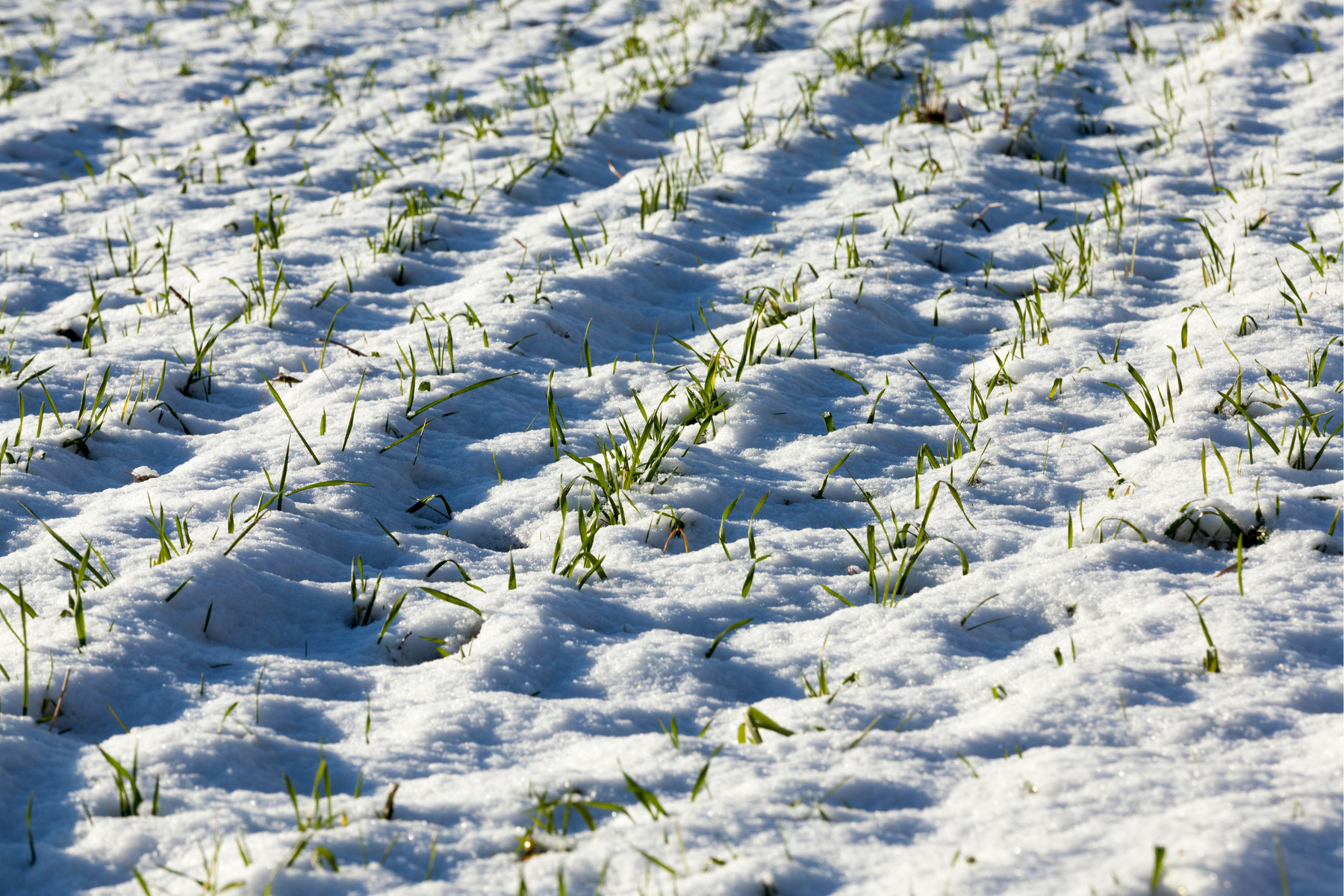At Sylvite, our mission is to help growers and farmers maximize their crop yields and maintain healthy fields. One of the challenges many soybean growers face is Sudden Death Syndrome (SDS). This post will explain what SDS is, why it matters, and how you can manage it effectively with the help of our certified crop advisors.
What is Sudden Death Syndrome?
Sudden Death Syndrome (SDS) is a serious fungal disease that affects soybean plants. It is caused by the soilborne fungus Fusarium virguliforme. SDS can lead to significant yield losses if not managed properly. The disease typically manifests in two main ways:
- Root Rot: The fungus infects the roots, causing them to rot. This limits the plant’s ability to take up water and nutrients.
- Foliar Symptoms: Infected plants develop yellow spots on the leaves, which eventually turn brown and die. This can happen quickly, hence the name “sudden death.”
Why is SDS Important?
SDS is important because it can severely impact soybean yields. The disease often appears during the critical reproductive stages of soybean growth, which can drastically reduce the number of pods and seeds the plants produce. Additionally, SDS can spread rapidly under favorable conditions, such as cool, wet soils, making it a formidable challenge for growers.
Managing Sudden Death Syndrome
Effective management of SDS requires a combination of cultural practices, resistant soybean varieties, and timely interventions. Here are some strategies that can help:
- Crop Rotation: Avoid planting soybeans in the same field year after year. Rotate with non-host crops like corn or small grains to reduce the buildup of the SDS pathogen in the soil.
- Resistant Varieties: Plant soybean varieties that are resistant or tolerant to SDS. Our crop advisors can recommend the best varieties for your specific conditions.
- Soil Health: Maintain healthy soil conditions by managing compaction and ensuring proper drainage. Healthy soil promotes strong root development, which can help plants resist infection.
- Seed Treatments: Use fungicide seed treatments that protect against SDS. These treatments can provide early protection to seedlings and help prevent the disease from taking hold.
- Scouting and Monitoring: Regularly scout your fields for signs of SDS, especially during the early growth stages. Early detection allows for timely interventions and better management.
Value-Added Products: Enhancing Your SDS Management Strategy
We offer a range of value-added products that can enhance your SDS management strategy. These products work in conjunction with traditional methods to provide an extra layer of protection and support.
- Biological Fungicides: These products contain beneficial microbes that compete with or inhibit the SDS pathogen. They can be applied as seed treatments or soil amendments.
- Soil Amendments: Products that improve soil structure and health can help create an environment that is less conducive to SDS. These may include organic matter, gypsum, or biochar.
- Plant Health Promoters: Nutritional supplements and biostimulants can boost the overall health of your soybean plants, making them more resilient to diseases like SDS.
Partner with Sylvite for Expert Guidance
Managing SDS requires a comprehensive approach and expert guidance. Our certified crop advisors at Sylvite are here to support you every step of the way. We provide tailored recommendations based on the latest research and field observations to help you protect your soybean crops and achieve optimal yields.
Key Takeaways
Sudden Death Syndrome is a challenging disease, but with the right management practices and products, you can protect your soybean crops and minimize its impact. At Sylvite, we are committed to helping you succeed. Contact one of our certified crop advisors today to learn more about managing SDS and other crop health issues.




